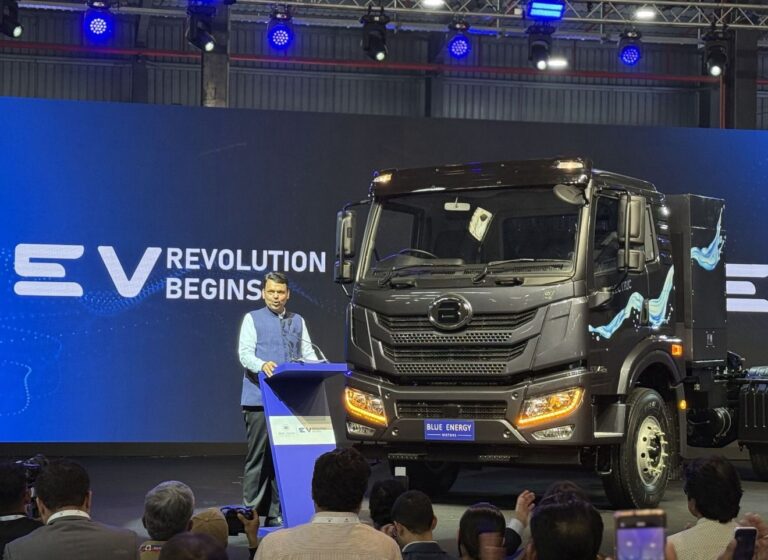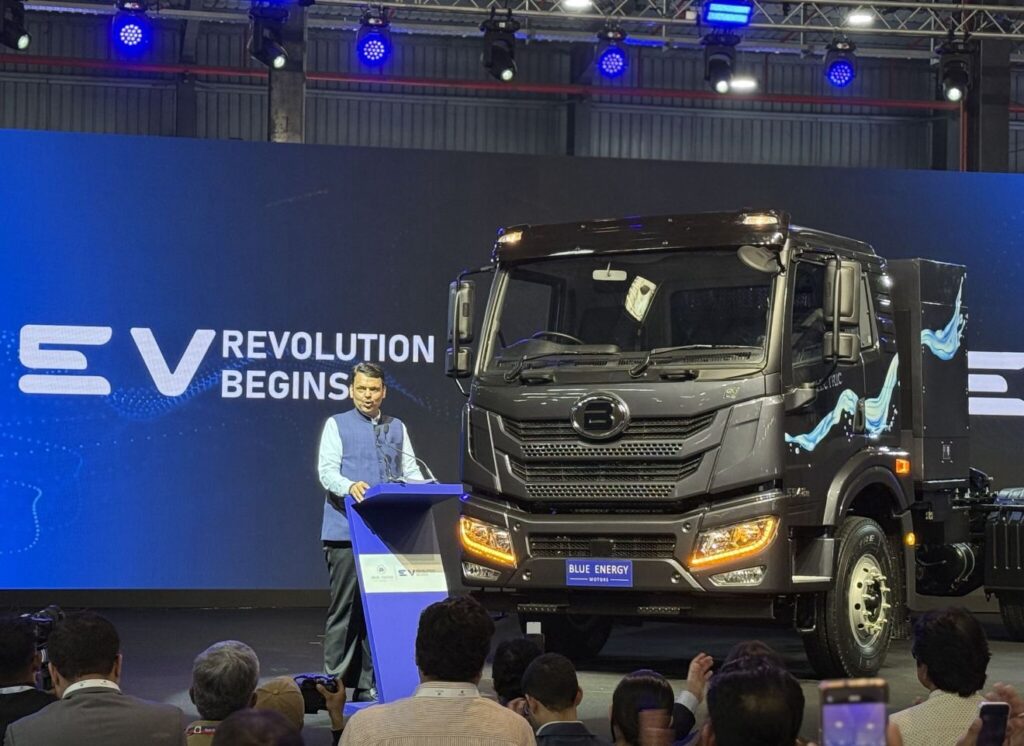SOURCE : EMOBILITY+ | PUBLISHED : 20TH MAY 2025
India’s march toward sustainability and digital governance is being powered by two transformative initiatives that, while fundamentally different in function, are united by a shared vision: transparency, inclusion, and systemic reform. These are the Annuity Hybrid E-Mobility (AHEM) model and the Government e-Marketplace (GeM). One is reimagining how India builds its clean mobility infrastructure; the other is revolutionizing how the government procures goods and services. Together, they form a complementary strategy that addresses both the hardware and software of nation-building: AHEM focuses on physical infrastructure for electric vehicles (EVs), while GeM digitizes the procurement backbone of governance.
AHEM: A Game-Changer for EV Infrastructure in India
At the heart of AHEM lies the urgent need to resolve the most persistent bottleneck in EV adoption—charging infrastructure. While vehicle manufacturing has surged and public awareness around electric mobility has improved, EV infrastructure has struggled to keep pace. AHEM was created to change that. Modeled after the Hybrid Annuity Model used in highway construction, AHEM is tailored for the EV sector and operates under a unique Public-Private-People Partnership (PPPP). This isn’t just a new funding model—it’s a new philosophy of inclusive development that decentralizes investment and distributes both risk and reward.
Funding the Future: The 30-30-30-10 Model
In this innovative model, funding is split between four distinct categories of stakeholders: 30% comes from public entities like government bodies, PSUs, and existing fuel station owners; another 30% is invested by private companies; a third 30% is drawn from individuals or community groups; and the final 10% is contributed by e-highway operators such as state road authorities or the National Highway for EV (NHEV) taskforce. This distribution not only lowers financial risk for each player but also reduces reliance on government subsidies, an important factor in ensuring long-term sustainability.
Process over Price: AHEM’s Unique Onboarding Mechanism
Moreover, AHEM offers a structured and rigorous onboarding process that prioritizes innovation and readiness over cost. Vendors begin by submitting an Expression of Interest (EOI) along with a nominal fee. After a techno-commercial evaluation and the submission of a security deposit based on project scale, successful applicants receive a Letter of Recommendation (LoR) and undertake a 30-day trial run. Upon meeting the operational standards, a Letter of Award (LoA) is issued, locking in scope and timelines. By moving beyond L1/L2 price-based bidding models, AHEM ensures that only technically sound and scalable projects progress, thus maintaining high-quality standards while fostering innovation.
More Than Just Charging: AHEM’s Multi-Revenue Model
But AHEM is not just about charging EVs. Its stations are conceived as self-sustaining commercial hubs, integrating multiple services such as advertising, food courts, retail kiosks, ATMs, and roadside assistance. These multi-revenue streams ensure commercial viability, enabling investors to achieve break-even within just three years—a monumental shift from the decades-long ROI cycles of traditional EV infrastructure investments. In effect, AHEM turns each charging station into a micro-economy, with the potential to create generational businesses akin to petrol pumps and PCO booths of the past.
Proven on the Road: Lessons from the NHEV TECH-Trial
The real-world viability of AHEM was tested in 2020 during the NHEV TECH-Trial Run along the 210-kilometer Delhi–Agra Yamuna Expressway. This pilot project validated the model’s financial, logistical, and operational feasibility, demonstrating that EV infrastructure, if done right, can be profitable, scalable, and sustainable. And importantly, it proved that ordinary citizens, without needing a license, can become entrepreneurs by owning and operating EV stations. Despite this, a lack of structured outreach means that many Indians remain unaware of these opportunities, a gap that must be addressed through policy and media engagement.
GeM: A Silent Revolution in Public Procurement
While AHEM tackles infrastructure, the Government e-Marketplace (GeM), launched in 2016 by the Ministry of Commerce and Industry, addresses another vital area: procurement. Traditionally, government procurement in India has been opaque, slow, and burdened with intermediaries. GeM replaces this with a real-time, digital-first platform that allows government bodies to buy goods and services directly from a wide array of sellers, including start-ups, MSMEs, women entrepreneurs, and self-help groups.
Transparent, Inclusive, and Efficient
GeM simplifies registration by integrating with Aadhaar, PAN, GST, and the Public Financial Management System (PFMS), enabling faster and more transparent transactions. Importantly, it levels the playing field by removing tenders and middlemen and offering transparent price discovery tools. This not only fosters competition but also supports the broader goals of ‘Ease of Doing Business’ and ‘Make in India’ by encouraging local procurement.
A Tool for Transactions, Not Infrastructure
However, GeM’s utility, while immense, is transactional and limited to procurement—it is not designed to support infrastructure development. It facilitates the purchase of office furniture, laptops, or staffing services, but not capital-intensive projects like EV charging networks or road construction. This distinction is crucial, as it underscores the complementary, not competitive, roles of GeM and AHEM in India’s developmental ecosystem.
AHEM vs. GeM: Complementary Forces, Not Competitors
A direct comparison reveals the contrast and complementarity. GeM is government-to-vendor; AHEM is a multi-stakeholder model. GeM is funded entirely by the government; AHEM spreads the cost across the public, private sector, communities, and operators. GeM focuses on price-based bidding; AHEM evaluates proposals based on technical readiness and innovation. While GeM vendors don’t typically generate recurring revenue, AHEM installations are designed with multiple income streams to ensure quick investor returns. Most significantly, AHEM enables asset ownership without the red tape of licensing, democratizing access to EV infrastructure entrepreneurship.
Conclusion: Two Pillars of a Self-Reliant Bharat
In essence, these two models represent the twin pillars of a new India. GeM democratizes how the government buys, enhancing transparency and efficiency in public spending. AHEM, on the other hand, revolutionizes how the country builds, making clean transport infrastructure accessible, profitable, and inclusive. One is a digital marketplace empowering sellers of goods and services; the other is a grassroots-led infrastructure model that empowers citizens, investors, and communities alike.
As India accelerates toward an electric, digital, and decentralized future, the convergence of initiatives like AHEM and GeM will play a decisive role in shaping a resilient and inclusive Bharat. They are not just programs—they are blueprints. Blueprints for a future where every transaction and every charge point contributes to a greener, fairer, and more self-reliant nation.
Author : Abhijeet Sinha, Project Director – National Highway for EV (NHEV) | Co-Author : Nitya Gupta
SOURCE : EMOBILITY+ | PUBLISHED : 20TH MAY 2025















